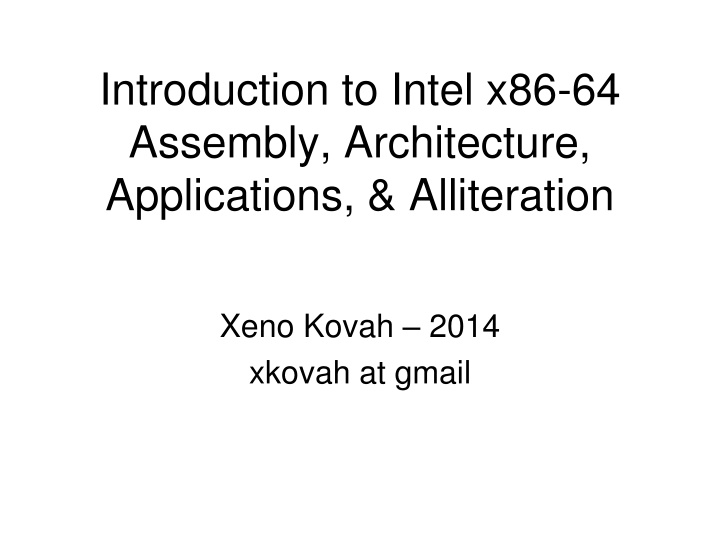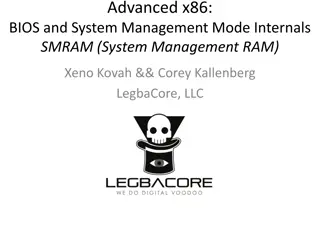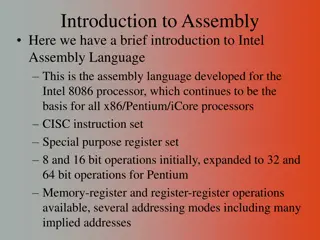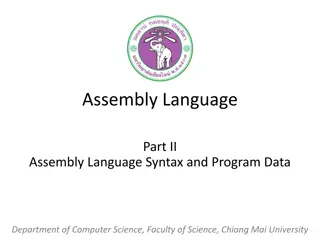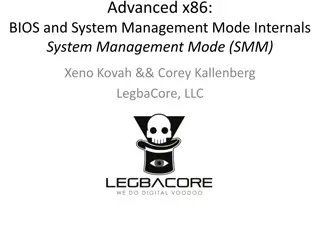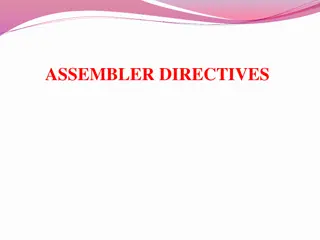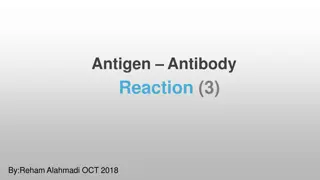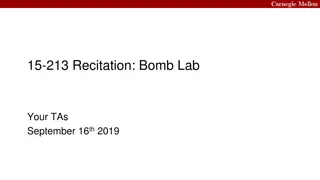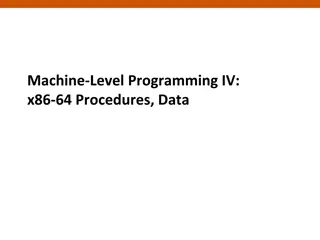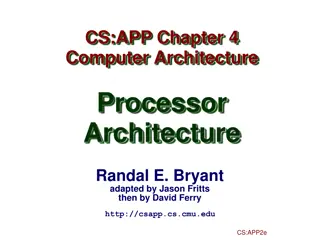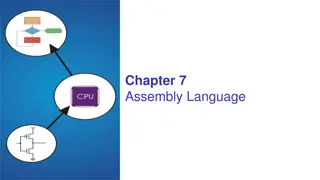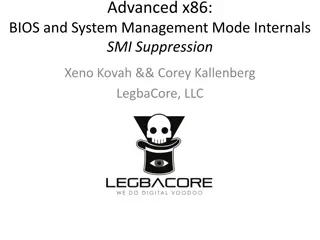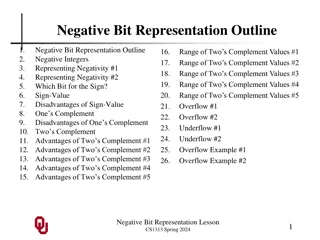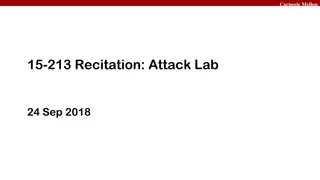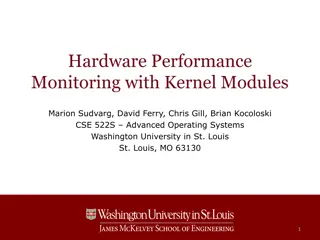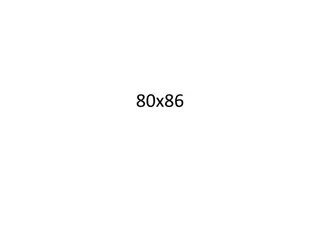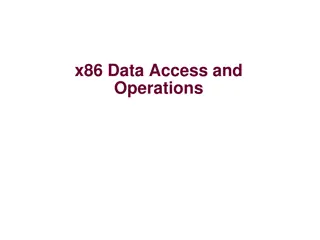Introduction to x86-64 Assembly and Twos Complement
Delve into x86-64 Assembly with a focus on the concept of Twos Complement. Discover the alternative methods of representing negative numbers and explore the benefits of utilizing this system in computer hardware. Learn about half adder circuits and how they contribute to efficient one-bit addition. Unravel the complexities of full adders and their role in creating multi-bit adders for arithmetic operations within an ALU.
Download Presentation

Please find below an Image/Link to download the presentation.
The content on the website is provided AS IS for your information and personal use only. It may not be sold, licensed, or shared on other websites without obtaining consent from the author.If you encounter any issues during the download, it is possible that the publisher has removed the file from their server.
You are allowed to download the files provided on this website for personal or commercial use, subject to the condition that they are used lawfully. All files are the property of their respective owners.
The content on the website is provided AS IS for your information and personal use only. It may not be sold, licensed, or shared on other websites without obtaining consent from the author.
E N D
Presentation Transcript
Introduction to Intel x86-64 Assembly, Architecture, Applications, & Alliteration Xeno Kovah 2014 xkovah at gmail
All materials is licensed under a Creative Commons Share Alike license. http://creativecommons.org/licenses/by-sa/3.0/ Attribution condition: You must indicate that derivative work "Is derived from Xeno Kovah's 'Intro x86-64 class, available at http://OpenSecurityTraining.info/IntroX86-64.html
Digression Why Two s Compliment? Alternative methods of representing negative numbers (signed magnitude, or just ones compliment), as well as their problems presented on page 166-167 of the book. Note to self: show on board quick The benefit of two s compliment is due to having only one representation of zero, and being able to reuse the same hardware for addition/subtraction Dave Keppler suggested expanding on this 46
Why Twos Compliment? 2 Carry 1 1 5d 1b + 6d 11d + 1b 10b Table taken from http://thalia.spec.gmu.edu/~pparis/classes/notes_101/node110.html 47
Why Twos Compliment? 3 A half adder circuit suffices for one bit addition XOR AND Picture taken from http://thalia.spec.gmu.edu/~pparis/classes/notes_101/node110.html 48
Why Twos Compliment? 4 Full Adder You can t just chain the one bit half adders together to get multi-bit adders. To see why, see the truth table at the link. Picture taken from http://thalia.spec.gmu.edu/~pparis/classes/notes_101/node111.html 49
Why Twos Compliment? 5 Note: we start with a half adder because a full adder would need a carry input at the start. However, if we wanted to use this for subtraction we could use a full adder to start. More on this on next slide. 2 bit adder 4 bit adder (continue to make n bit adder) Pictures taken from http://thalia.spec.gmu.edu/~pparis/classes/notes_101/node112.html http://thalia.spec.gmu.edu/~pparis/classes/notes_101/node113.html 50
Why Twos Compliment? 6 So you have these physical adder circuits in the Arithmetic Logic Unit (ALU), and you can feed both add and subtract to the same circuit. But for this to work, you need to start with a full adder, and then run one the one subtract operand bits through not gates, and then set carry to one on the first full adder. Keppler s example of x-y == x+(-y) Cause it was right there in my email and I m lazy ;) 00001010 + 00000101 -00000101 (5d) ---------- --------- 00001111 00000101 00001010 (10d) == 00001010 (10d) +11111011 (-5d) --------- 1 00000101 51
